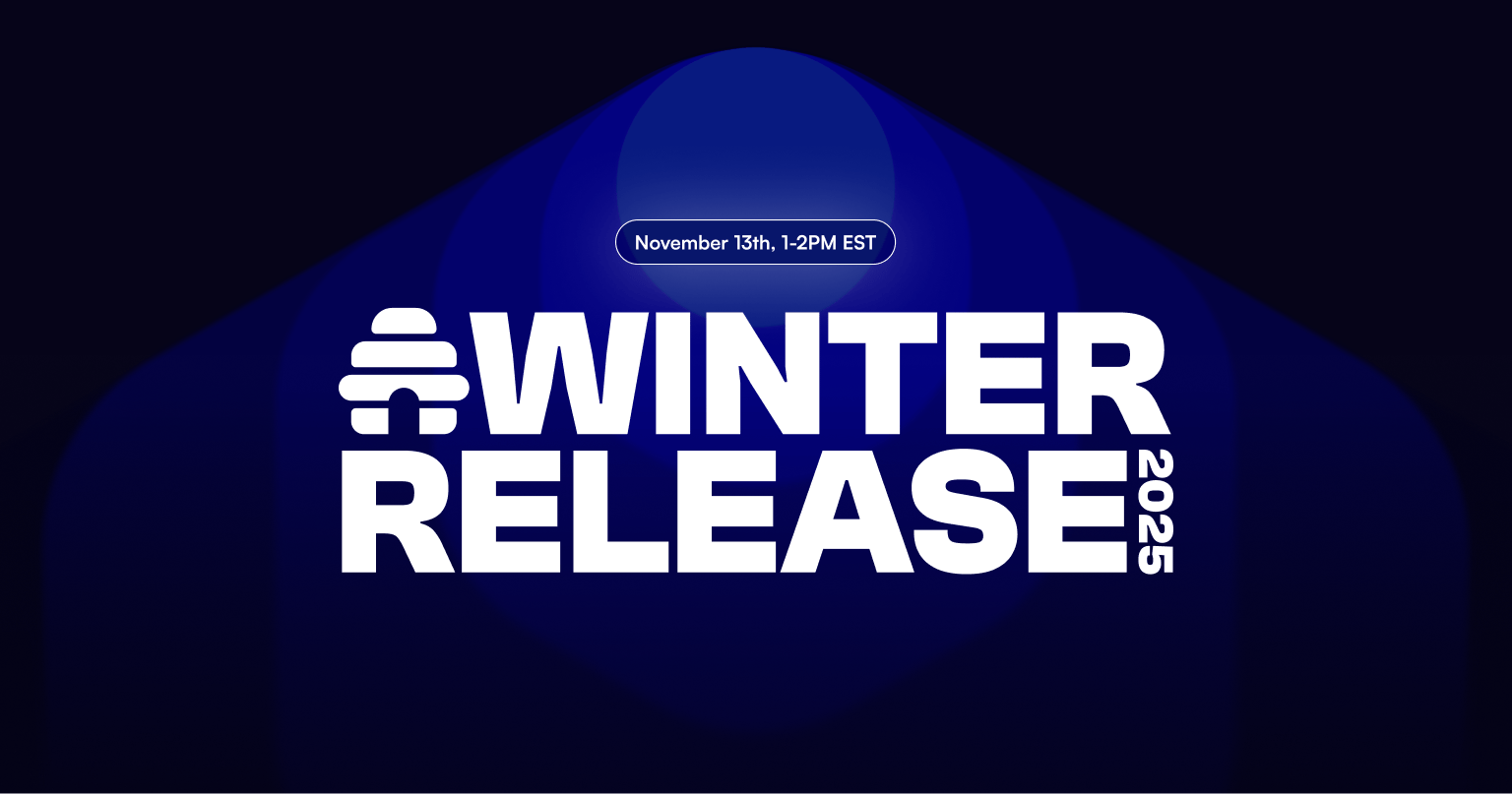- A Vibe Coder
- Posts
- Inside the Vibe Coding Loop
Inside the Vibe Coding Loop
A look at how I use AI, curiosity, and rhythm to build projects that actually ship.

From Edgar,
Welcome to A Vibe Coder, my newsletter where I upload my thoughts on current tech trends, experiements, and vibe coding best practices.
The Future of the Content Economy
beehiiv started with newsletters. Now, they’re reimagining the entire content economy.
On November 13, beehiiv’s biggest updates ever are dropping at the Winter Release Event.
For the people shaping the next generation of content, community, and media, this is an event you won’t want to miss.
Shilling Myself
 AI Game Engine to build your dream 2D and 3D game. Pre-YC Funded (;
|  A better Linktr.ee. Advance anayltics, easy (GDRP-compliant) email capture.
|
Vibe Workflow
People sometimes ask how I’m able to ship so many projects in a year, things like 24, Base Lint, Unveil, and Yapping Schnauzers. The truth is, I don’t feel fast and it’s effort. It’s a rhythm that keeps me moving, and AI happens to fit neatly into it.
1. Ideation
Most of my ideas come from small frustrations. Base Lint started because browser behavior kept breaking my sites. Unveil came from wanting to build my dream games. Yapping Schnauzers began as a way to have fun with stories online and to have all my podcast episodes in one place. When something bothers me enough, I try fixing it. I also like connecting my projects so they feel like can feed into each other.
2. Research
Before writing any code, I ask ChatGPT a lot of questions. What tech stack makes sense? What pitfalls should I expect? What would an experienced engineer watch out for? I take in as much as I can, but I try not to rush. Getting the foundation right saves me time later.
3. Vibe Coding
Once I start building, I treat AI like a teammate. The first prompt matters. From there, I go back and forth, refining logic and structure until it feels solid. It’s less about perfect code and more about steady progress and clear thinking.
4. Test and Iterate
When things start working, I test them a lot. I stick to Google’s code style for most languages, and Roblox’s for Lua. I look for code smells like timeouts, deeply nested code blocks, anything unclear. Little cleanups go a long way.
5. Use It Yourself
After the code runs, I use it like a normal user would. That’s when the real feedback shows up. If something feels annoying, I fix it.
6. Audit and Improve
Once in a while, I revisit old projects with fresh eyes or ask AI to review them for inefficiency and security. It’s a quiet step, but it helps me learn.
That’s really it. Nothing fancy, just a cycle of learning, building, and improving. AI makes it easier to stay curious and keep creating.
Thank Y’all
There’s lots of way to build a side project, SasS, next Unicorn. I’d love to hear about your workflows.
I’m active on socials, relevant links found at tini.la/edgar.
Share if this helped you.
Till next time,


Reply